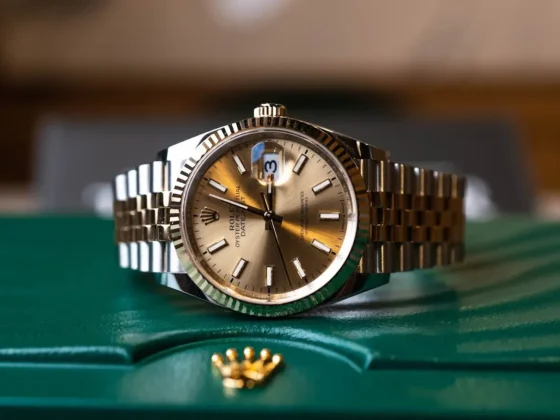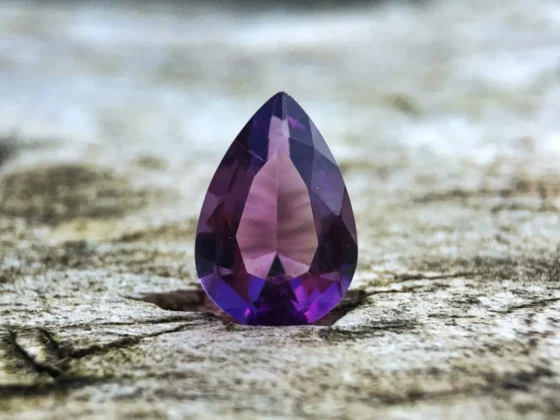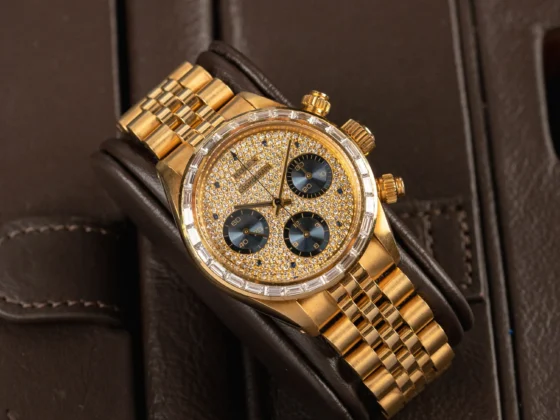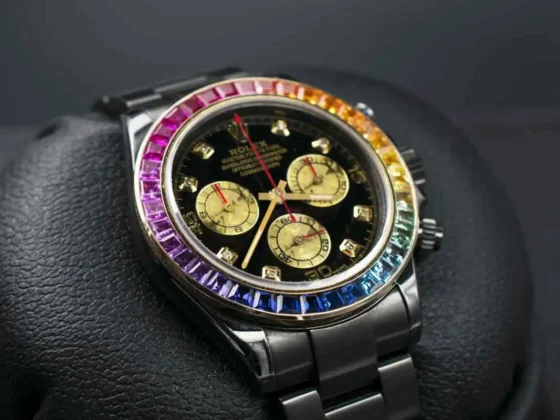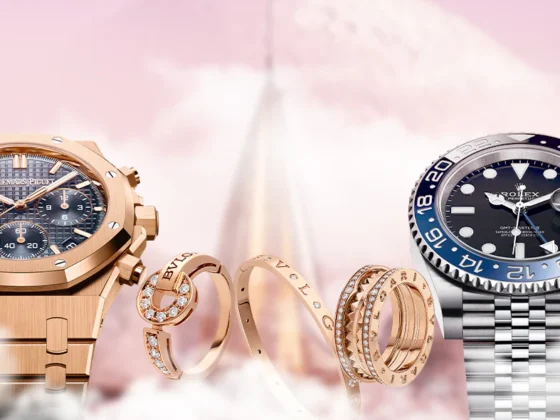As we move into 2024, luxury jewelry brands are increasingly embracing digital growth strategies to stay competitive in an ever-evolving marketplace. With consumer behavior shifting towards online shopping and digital engagement, the challenge for luxury brands lies in balancing exclusivity with accessibility. The digital landscape offers unprecedented opportunities for growth, but it requires a strategic approach that aligns with the brand’s ethos of quality and prestige.
In this article, we will explore the key digital strategies luxury jewelry brands are employing to enhance their presence and drive growth in 2024. We’ll also highlight the role of Cube Digital, a leader in digital marketing and eCommerce solutions for high-end brands, in guiding luxury companies through this transformation.
1. Omnichannel Marketing: Bridging the Digital and Physical Worlds
For luxury jewelry brands, creating a seamless experience across both digital and physical channels is paramount. Customers today expect brands to provide consistent messaging, product availability, and a personalized experience whether they’re shopping online or visiting a brick-and-mortar store.
In 2024, omnichannel marketing is a key focus. Luxury brands are investing in tools like customer relationship management (CRM) systems and artificial intelligence (AI) to create highly personalized digital experiences that mirror the attentive service of an in-store visit. For example, AI-driven chatbots can offer real-time assistance to online customers, providing instant responses that elevate the eCommerce experience.
Brands such as Cartier and Van Cleef & Arpels have mastered this by offering personalized services online, from virtual consultations to exclusive previews of collections. Partnering with digital agencies like Cube Digital can elevate these efforts, ensuring that luxury brands maintain their exclusivity while capitalizing on the convenience of digital engagement.
2. Content-Driven Storytelling: Engaging the Modern Luxury Consumer
Content remains king, especially in the luxury jewelry space where storytelling is essential to convey a brand’s heritage, craftsmanship, and unique artistry. In 2024, luxury brands are using content-driven strategies to engage customers across multiple touchpoints, from social media to branded content hubs.
High-quality video content showcasing the craftsmanship behind jewelry pieces, influencer collaborations, and virtual showrooms are all becoming essential to a luxury brand’s content strategy. For example, Tiffany & Co. has used digital storytelling to highlight its storied history, while Bvlgari focuses on the bold, extravagant nature of its pieces through rich visual content.
Cube Digital, with its expertise in content creation and social media management, helps luxury brands create compelling narratives that resonate with their audiences. By tailoring content strategies to each platform and utilizing data-driven insights, brands can engage with their customers in meaningful and authentic ways.
3. eCommerce Optimization: Enhancing the Online Shopping Experience
As more consumers turn to online shopping, luxury jewelry brands need to offer an eCommerce experience that rivals the personalized service of their flagship stores. In 2024, optimizing eCommerce platforms with intuitive design, fast loading times, and detailed product pages is essential to convert browsers into buyers.
One crucial trend in luxury eCommerce is the integration of advanced technologies like virtual try-ons, augmented reality (AR), and AI-powered recommendation engines. These tools enable consumers to visualize how jewelry pieces will look, creating an immersive and personalized shopping experience. Brands like Graff and Chopard are already leveraging these technologies to enhance the digital experience.
Cube Digital excels in eCommerce optimization for luxury brands, providing solutions that make the online shopping journey seamless and engaging. Whether it’s implementing AR capabilities or creating a user-friendly interface, Cube Digital helps luxury brands elevate their digital storefronts without compromising on exclusivity.
4. SEO and SEM: Maximizing Organic and Paid Visibility
Search engine optimization (SEO) and search engine marketing (SEM) are critical components of a successful digital growth strategy. In 2024, luxury jewelry brands need to ensure that they appear at the top of search results, both organically and through paid advertising.
SEO for luxury brands involves more than just keywords; it’s about understanding the nuanced language and intent of high-net-worth individuals (HNWI). By targeting long-tail keywords like “bespoke diamond engagement rings” or “exclusive high-jewelry collections,” brands can attract more qualified traffic. SEM, on the other hand, offers immediate visibility for time-sensitive campaigns, such as new collection launches or limited-time offers.
Cube Digital specializes in SEO and SEM for luxury brands, using sophisticated data analytics and audience insights to develop highly targeted campaigns. Their expertise ensures that luxury jewelry brands can capture organic traffic while making the most of paid search opportunities to drive sales.
5. Influencer and Celebrity Collaborations: The Power of Social Proof
In 2024, influencer marketing continues to be a powerful tool for luxury jewelry brands. Collaborations with celebrities, fashion influencers, and even niche micro-influencers offer an authentic way to showcase products to targeted audiences.
Luxury brands are increasingly focusing on influencers who align with their brand values and aesthetics. For example, Bvlgari has partnered with well-known actresses and models to create buzz around new collections, while Restivo Diamonds has used influencers to highlight the bespoke craftsmanship of its one-of-a-kind pieces.
Cube Digital can help brands identify the right influencers and execute campaigns that feel organic, maintaining the brand’s luxury positioning while reaching wider audiences. By leveraging influencer marketing, luxury jewelry brands can connect with aspirational buyers in a way that feels both personal and prestigious.
6. Sustainability as a Selling Point
Sustainability is becoming an increasingly important factor for luxury consumers. In 2024, more luxury jewelry brands are incorporating eco-friendly practices, such as using ethically sourced diamonds and recycled metals. As sustainability continues to gain importance, digital platforms must reflect a brand’s commitment to ethical production practices.
Brands like Chopard and Cartier are leaders in this space, having integrated sustainability into their sourcing and production processes. By communicating these values through digital marketing channels, luxury brands can appeal to environmentally conscious consumers without sacrificing their luxury status.
Cube Digital helps luxury brands incorporate sustainability messaging into their digital growth strategies, ensuring that it feels genuine and resonates with today’s luxury consumers.
Conclusion
As luxury jewelry brands expand their digital presence in 2024, strategies like omnichannel marketing, content-driven storytelling, and eCommerce optimization are essential for driving growth. Cube Digital plays a key role in helping luxury brands adapt to this digital evolution, providing bespoke digital solutions that maintain the prestige and exclusivity associated with high-end jewelry while capitalizing on the opportunities the digital world offers.
By integrating these strategies, luxury jewelry brands can build stronger connections with their customers, ensure a seamless online experience, and position themselves for long-term success in the digital age.


